You can zip between Tokyo and Kyoto on the Shinkansen bullet train in about 2 ½ hours. But if you have more time on your hands, there are several places to visit between Tokyo and Kyoto that make for easy day or overnight trips along the way. Depending on your interest, you can see castles, shrines, gardens, hot-spring baths, panoramic views of Mt. Fuji, and museums showcasing everything from samurai armor and decorative arts to century-old architecture. You can even follow in the footsteps on a pathway traversed by samurai and feudal lords.
HAKONE
This is probably my favorite place to visit between Tokyo and Kyoto. It’s also my favorite overnight trip outside Tokyo. That’s because it’s all about the journey. A trip through Hakone involves a delightful circuitous route via mountain railway, cable car, ropeway and boat. What’s more, as part of the Fuji-Hakone-Izu National Park, Hakone also offers hot-spring resorts and breathtaking scenery and of mountains and lakes.
The fun begins in Odawara, considered the gateway to the Fuji-Hakone-Izu National Park. There are several ways to reach Odawara. If you don’t have a Japan Rail Pass, I suggest buying the Hakone Free Pass. Despite its name, isn’t free but does include roundtrip transportation between Tokyo’s Shinjuku Station and Odawara, as well as all transportation within in Hakone.
If you’re traveling by Japan Rail Pass, you should take the Shinkansen bullet train to Odawara and then travel around Hakone using a different (and cheaper) Hakone Free Pass that includes only the transportation within Hakone.
What to see in Hakone
In any case, as you travel via mountain tram, cable car, ropeway and boat, you can stop along the way to see a reconstructed castle in Odawara, soak in hot springs (Hakone Kowakien Yunessun offers outdoor and indoor baths), ramble through spectacular landscaped grounds of the Hakone Open-Air Museum with its 400-some sculptures, and learn how restrictive travel was during the days of the shogun at Hakone Check Point by visiting a reconstructed guardhouse.
Although you could conceivably complete the journey in a long day, you’ll get more from the experience if you stay overnight in one of Hakone’s many Japanese inns or in the majestic Fujiya Hotel, established in 1878 and my absolute favorite accommodation in all of Japan. In clear weather, you might even be able to see Mt. Fuji.
For more on Hakone, see my post Hakone is Tokyo’s Best Overnight Excursion.
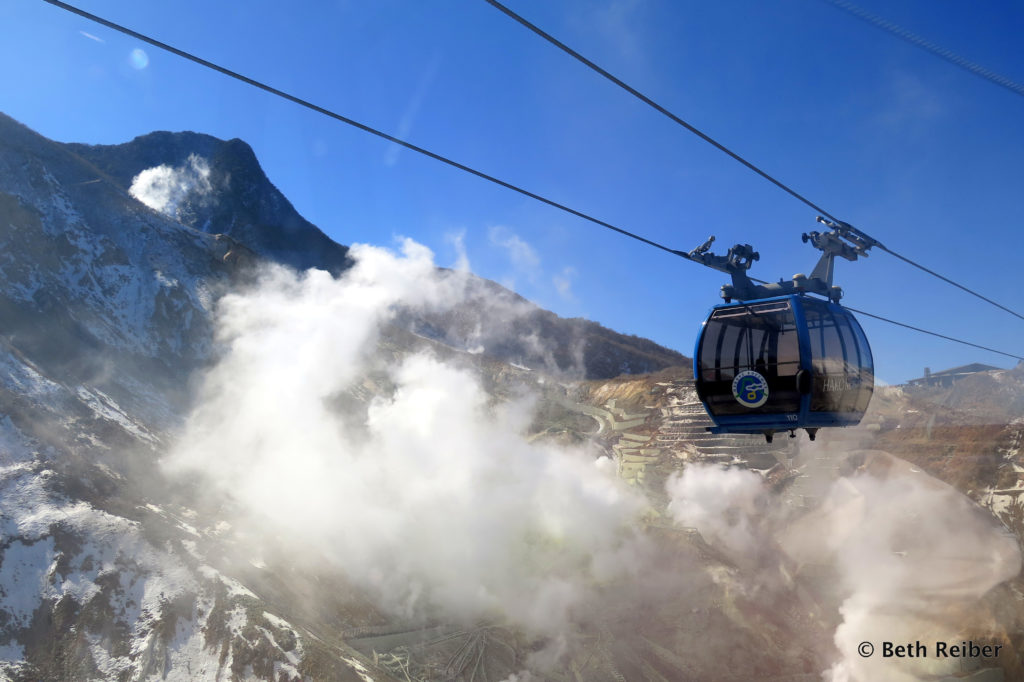
ATAMI
This seaside town makes for a relaxing day trip, especially if your goal is the

beach and boardwalk just a 15-minute walk from the station. There are, however, a few sightseeing options. Foremost is probably the hilltop MOA Art Museum, which offers panoramic views, woodblock prints, Chinese ceramics, lacquerware and other Asian art. I also love Kiunkaku, which was built in 1919 as a private villa with a mix of Japanese and Western architecture. It then served as a Japanese inn before becoming a museum. And if you time your visit on a Saturday or Sunday, you can also see geisha performing traditional dance at Atami Geiga Kenban theater and even have your photo taken with one of the performers.
NAGOYA
Nagoya is Japan’s fourth-largest city, but it doesn’t receive nearly the international visitors as the country’s other most populous cities (Tokyo, Yokohama and Osaka). That’s too bad, because it has a few very worthwhile sites that are worth jumping the train for as a place to visit between Tokyo and Kyoto.
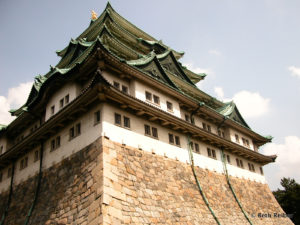
Among these is Nagoya Castle, which figures so prominently in history it was resurrected almost exactly as it was after its destruction in World War II. It houses feudal-era swords, flintlocks, paintings on sliding doors and screens and other treasures. Other major draws include the Port of Nagoya Public Aquarium (its penguins, loggerhead and green turtles and Beluga whales are the stars of the show) and the Tokugawa Art Museum with its samurai gear, decorative arts and other objects that once belonged to the first Tokugawa shogun, plus its Tokugawaen Japanese garden. The Toyota Commemorative Museum of Industry and Technology depicts the historic progression of the company’s automobile and textile production and is way more interesting than it sounds.
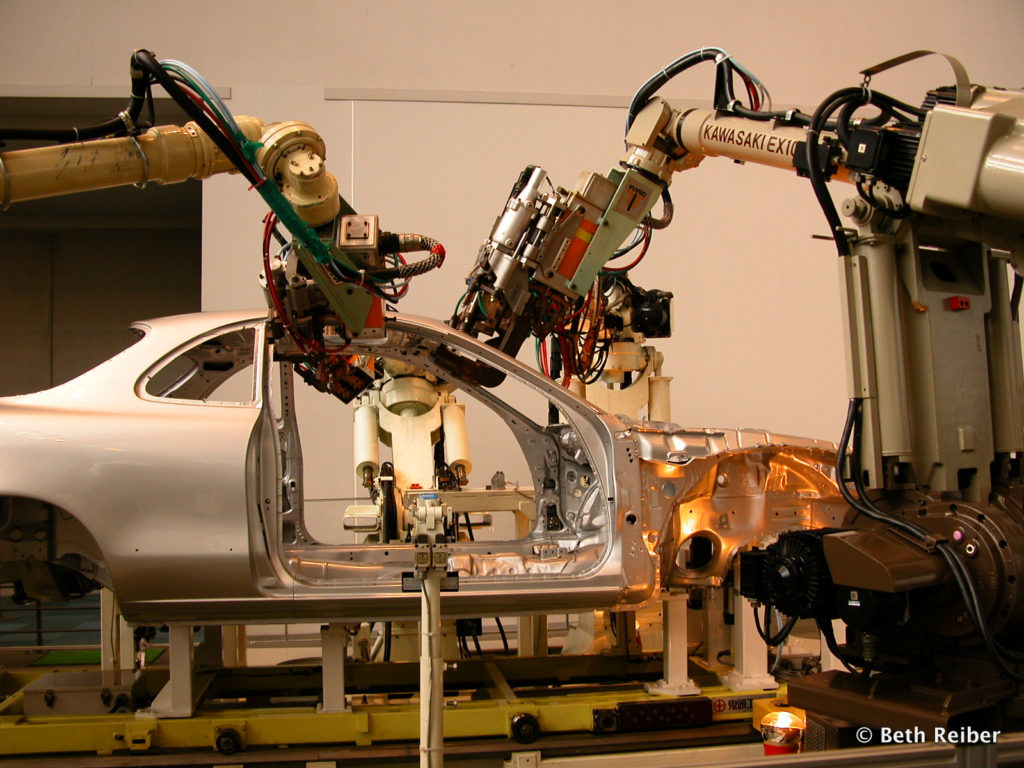
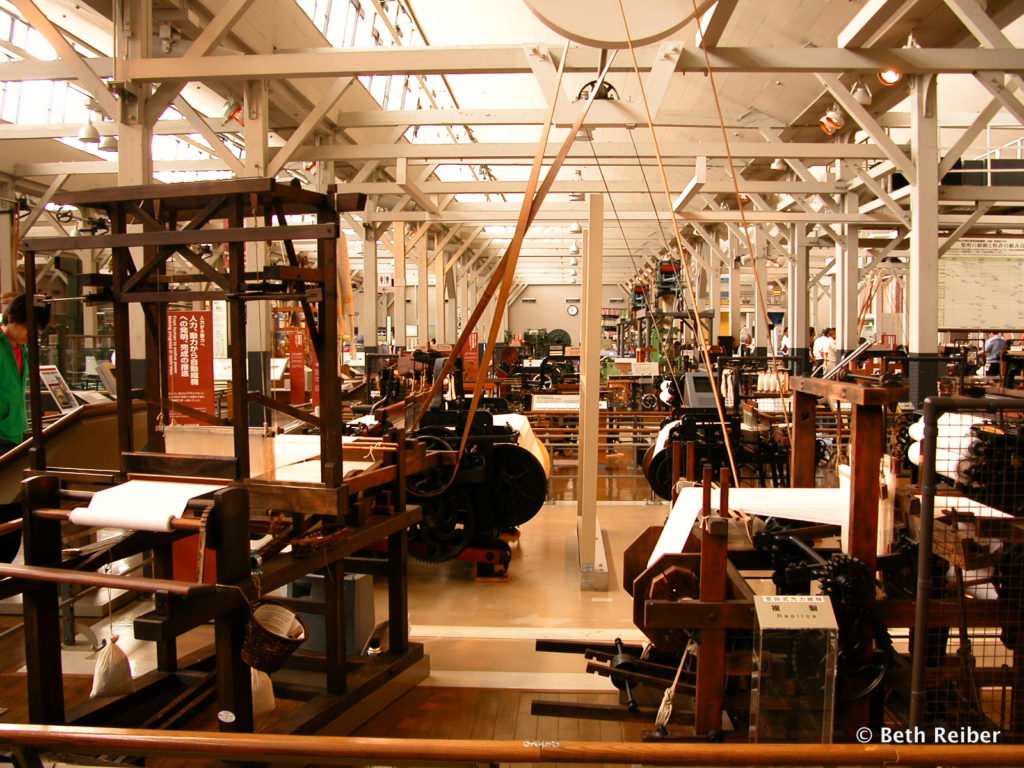
A new attraction is Ghibli Park, which introduces the world of Ghibli Studios. It’s not a theme park in the usual sense of the word. That is, there are no thrill rides or huge attractions. Rather, it’s like wandering through the still movie sets of the studio’s iconic anime films, like the mountain village featured in “Princess Mononoke.” Note that you’ll do a lot of walking here, as various sections are spread on the expansive grounds of a commemorative park that hosted the World Expo 2005. Note, too, that it takes a 30-minute subway ride and a 15-minute train ride to get there, separate tickets must be purchased for each section of Ghibli Park, and entrance is only for a specific time. So unless you’re a kid or a huge fan of Ghibli movies, you might want to give the cat bus or “Spirited Away” replica bathhouse a pass.
If you have the time, I would rather visit the Museum Meiji Mura with its 60-some buildings and structures from the Meiji Period (1868-1912). You’ll see Western- and Japanese-style homes, government buildings, churches, a kabuki theater and the original façade and lobby of Tokyo’s Imperial Hotel, designed by Frank Lloyd Wright. In fact, Museum Meiji Mura is one of my favorite museums in Japan.
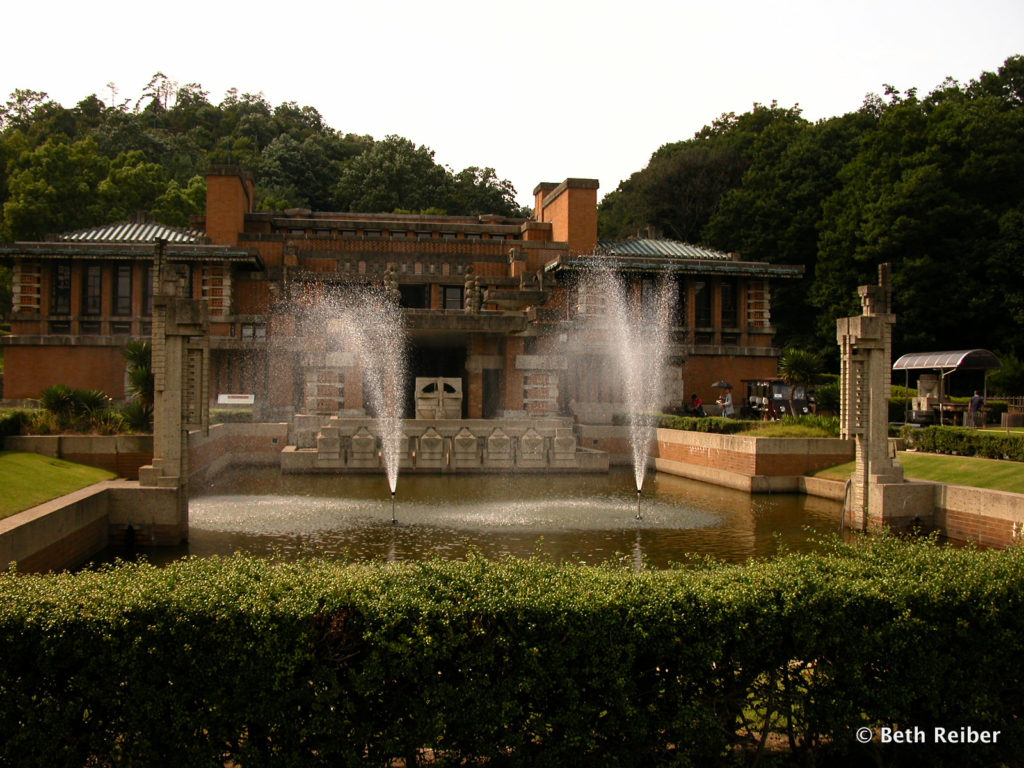
NAKASENDO’S SAMURAI TRAIL
There’s no finer way to enjoy nature than to be right in the thick of it. The Nakasendo trail, especially the five miles linking the two old villages of Magome and Tsumago, provides a closeup view of steep wooded slopes and a rushing stream, not to mention a lesson in history as you traverse this Edo-era footpath.
Hiking the Nakasendo Trail
Start your hike in Magome, which you can reach from Nagoya by train in about 50 minutes, followed by a 20-minute bus ride. The trail traces the contours of the Kiso Valley, passing interesting farming villages, old signposts, watch-house ruins, and other historic remnants. You can enjoy this hike on a day trip from Nagoya, but you’ll enjoy it more if you spend the night in Tsumago (there’s a luggage-transfer service between Magome and Tsumago; turn your bags in at the local tourist office by 11:30am). This might well be my favorite excursion in places to visit between Tokyo and Kyoto. Ok. I have a lot of them!
For more information and suggestions on places to see between Tokyo and Kyoto, be sure to visit some of my other posts: Mt. Koya Temple Stay (a wonderful excursion to the top of the world, where you can stay in a temple and wander through Japan’s most remarkable cemetery); The Shimanami Kaido: Japan’s Most Glorious Ride (a bicycle ride crossing bridges and islands over the Seto Inland Sea between Honshu and Shikoku); Nakasendo-Path of Japan’s Feudal Lords; and Hakone Best Overnight Excursion from Tokyo.
MORE SUGGESTIONS FOR VISITING JAPAN
There are plenty of options for places to see between Tokyo and Kyoto, but if you’re traveling beyond Kyoto to Hiroshima, take a look at my post Places to Visit Between Kyoto and Hiroshima. My blog Japan’s Top World Heritage Sites takes a look at historic sites throughout Japan.
For recommendations in Honshu’s northern region of Tohoku, which receives just 2% of Japan’s international tourists (in other words, a great place to go to escape the crowds), see my following articles: Finding Temples, Hot Springs, and Snow Monsters in Quiet Northern Japan (on Frommers.com); Fukushima Prefecture: Go for the Sake, Stay for the Hot Springs and Samurai History (published at gettingontravel.com); Japan’s Iwate Prefecture: Wild, White, and Wonderful (on frommers.com); Fukushima’s Comeback: This Japanese destination is ready for tourists again (published on CNN.com)and Hiraizumi, A Pure Land Inspired by Treachery (published by BBC.com/travel).
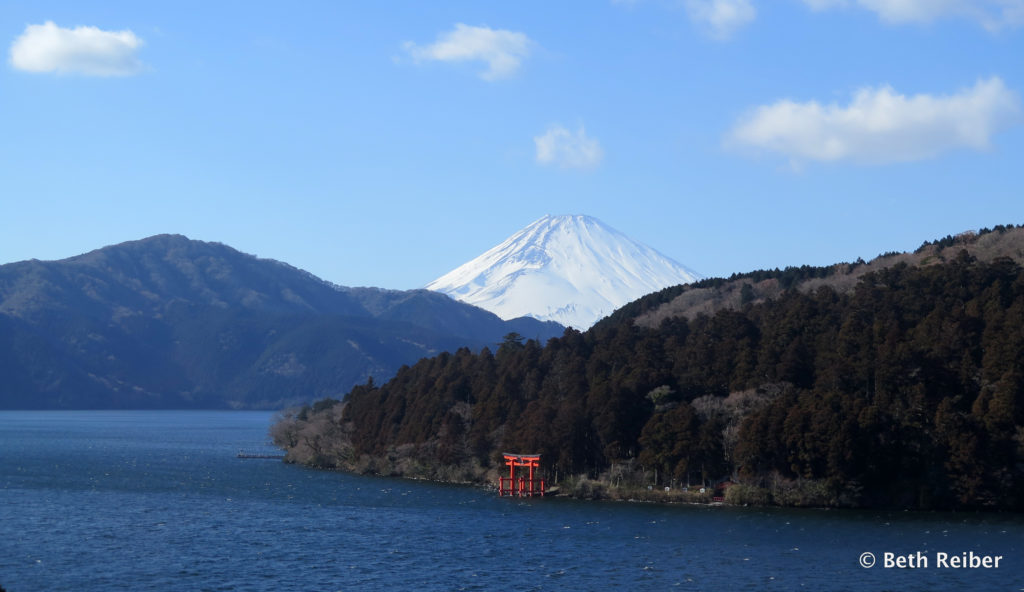
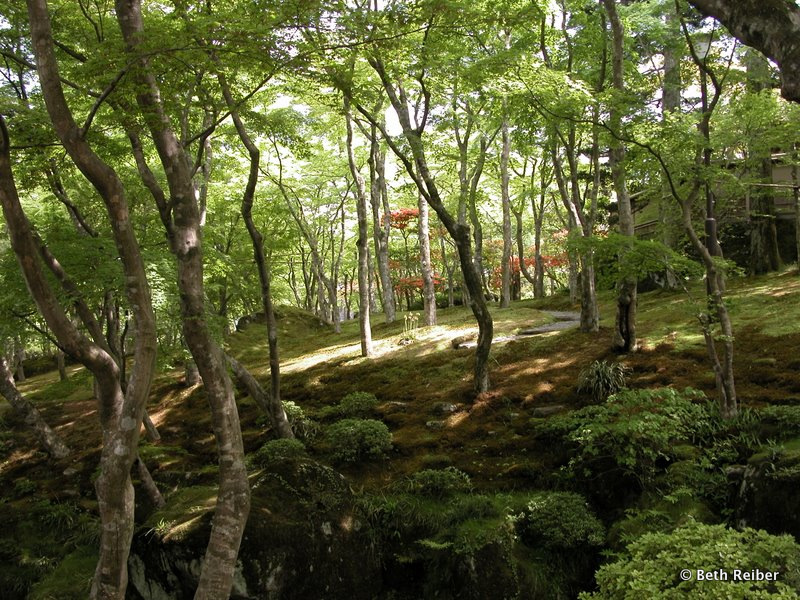
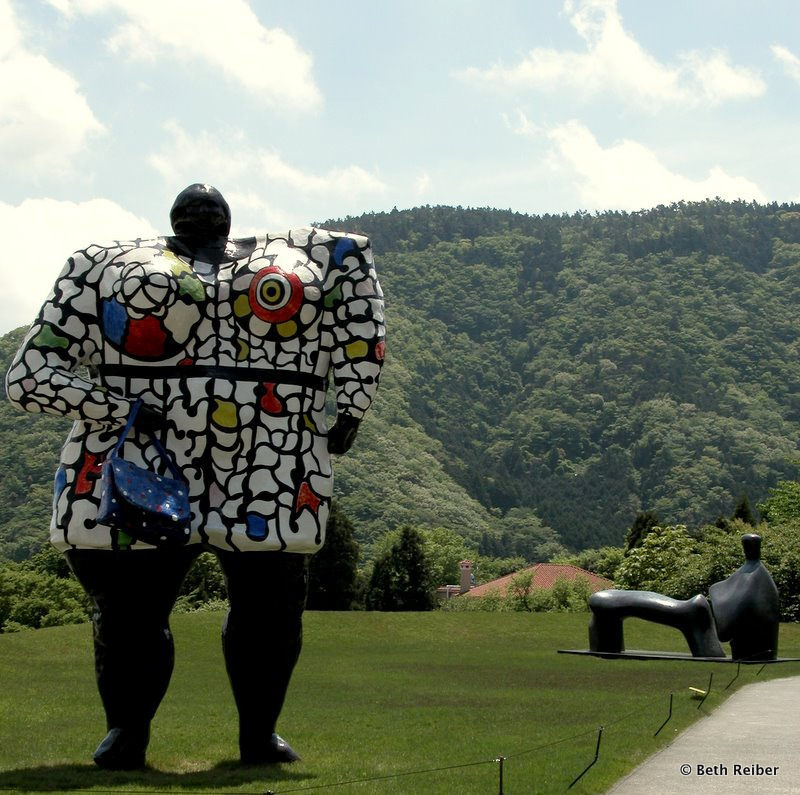
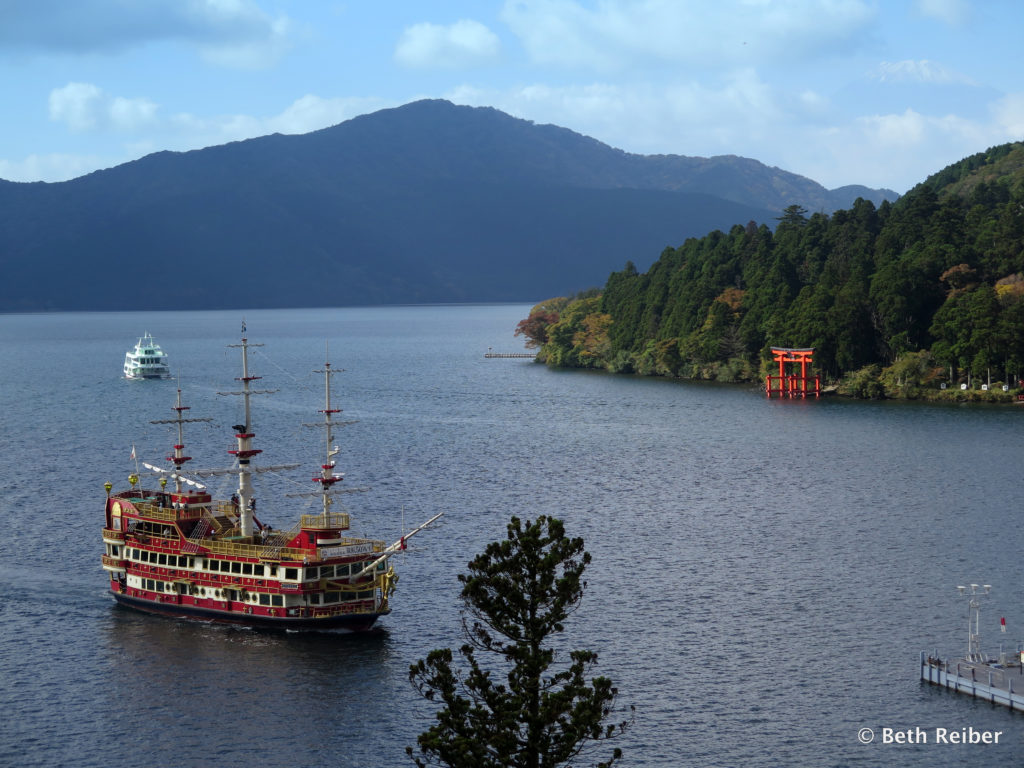
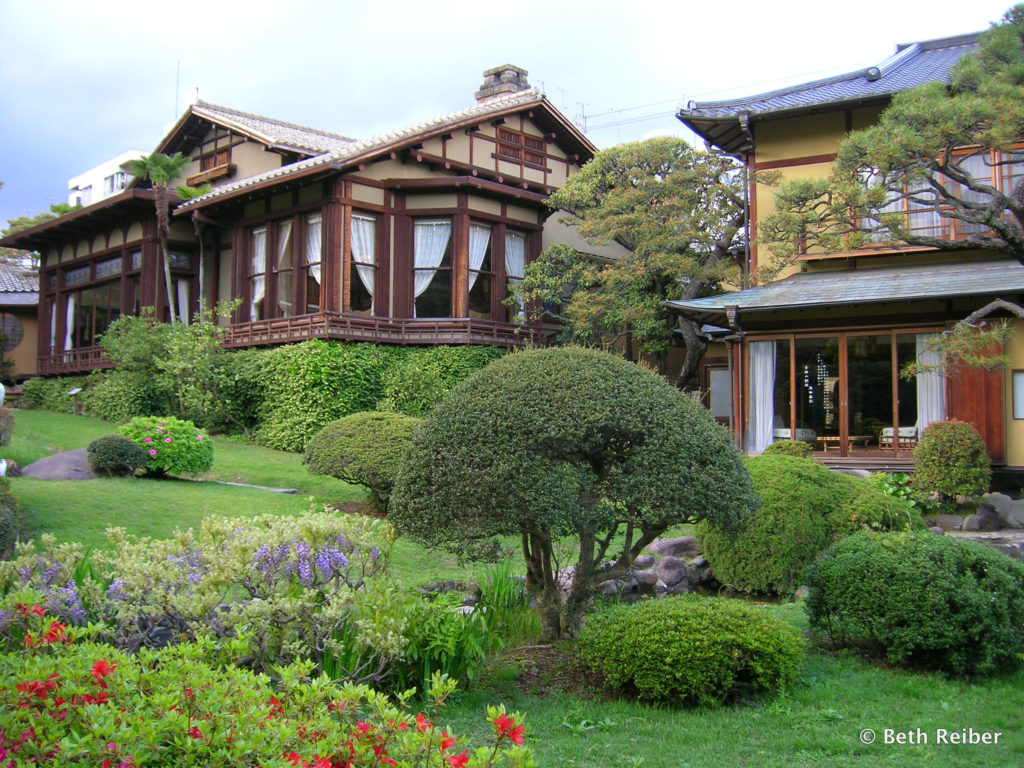

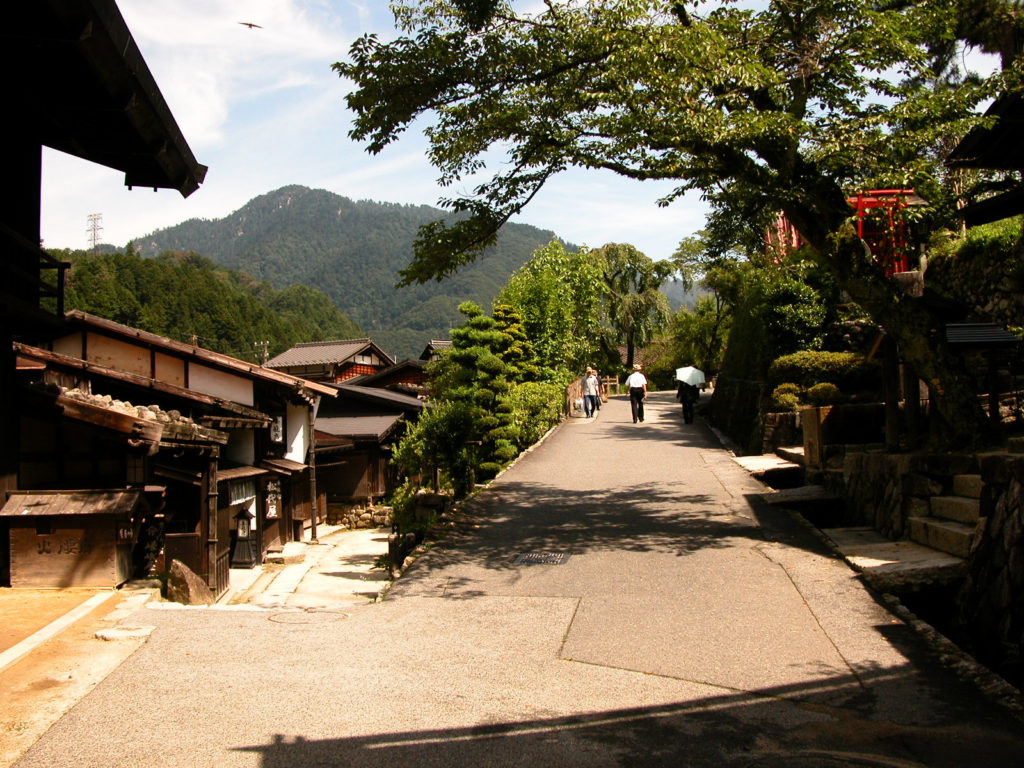
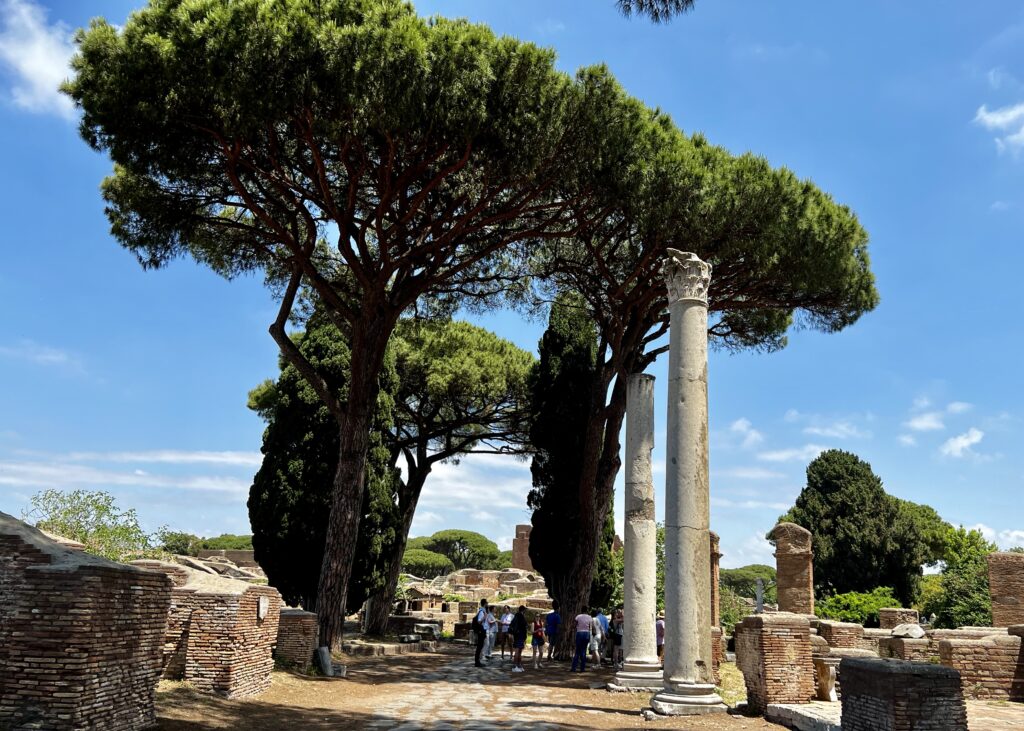
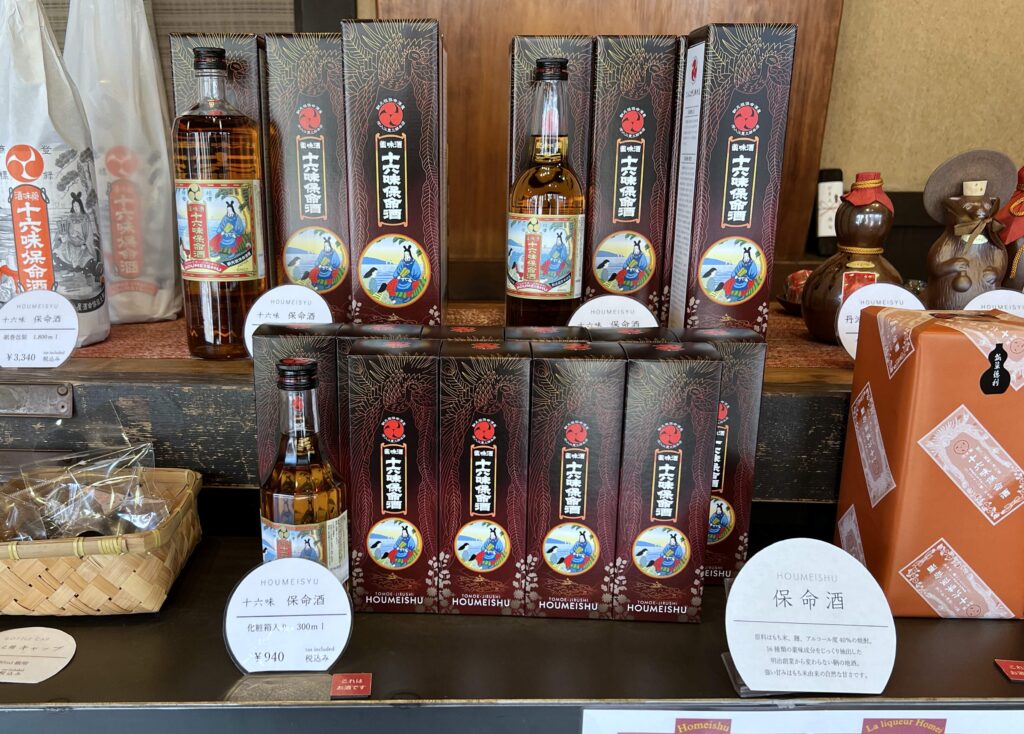
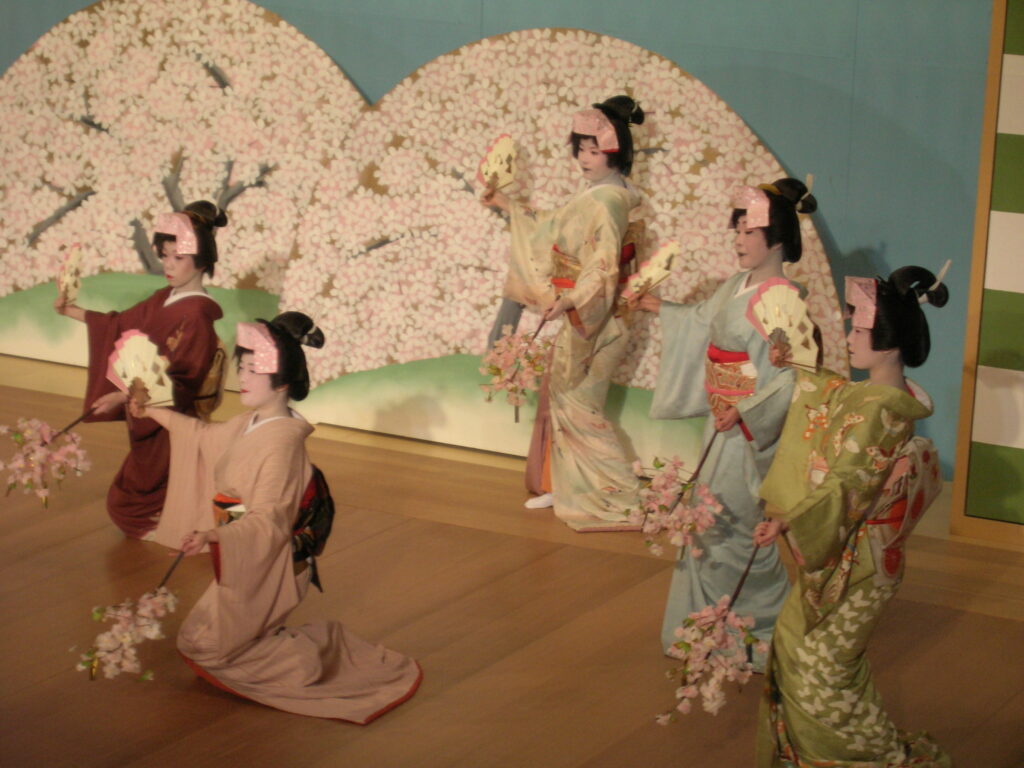
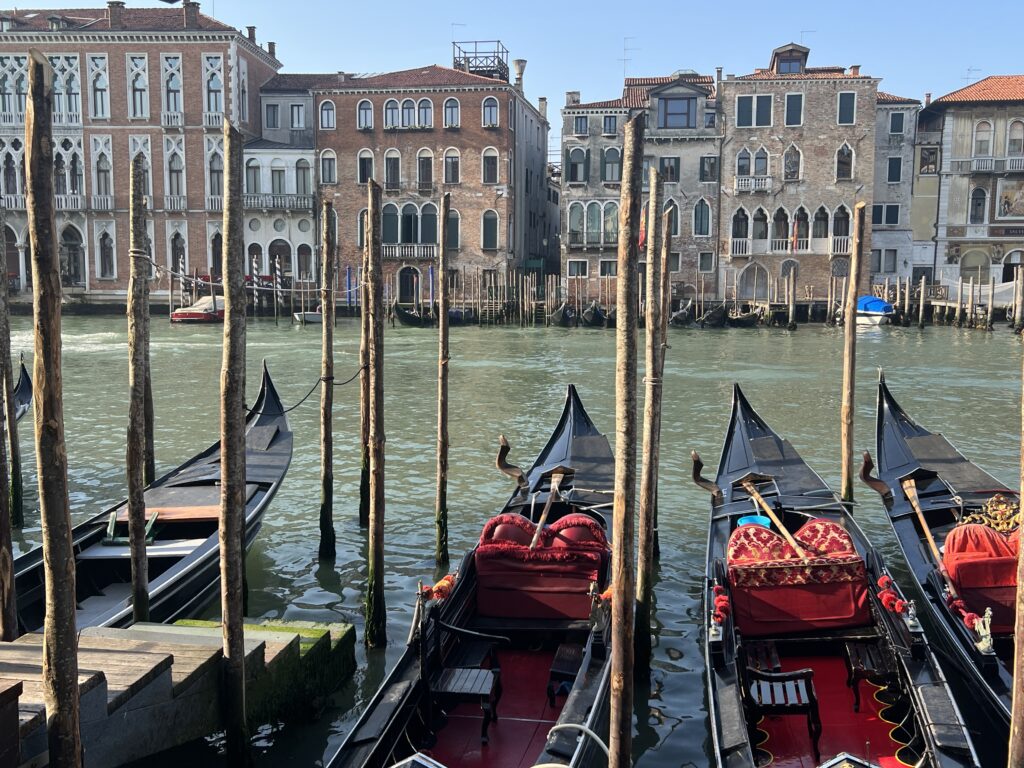
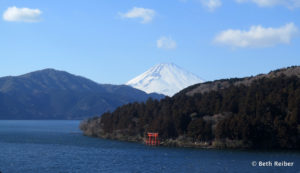

Keep me posted of your whereabouts . I am on a carless island just off the tip of Burma in the Andaman Sea . You would love it !
Sounds wonderful! I’m sure I would love it. I don’t like driving except for long road trips. In town I walk most everywhere and fill my car with gas only once a month. Hope my 2002 Honda goes forever, though I am looking forward to adriverless car when I’m in my 90s.